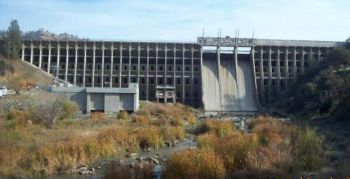Modeling Communication: Difference between revisions
No edit summary |
No edit summary |
||
| Line 23: | Line 23: | ||
''Development of this page was sponsored by the [[Montana]] Department of Natural Resources & Conservation with funding from the FEMA Assistance to States Grant Program.'' | |||
<!-- Revision history information --> | <!-- Revision history information --> | ||
{{revhistinf}} | {{revhistinf}} | ||
Revision as of 23:52, 24 June 2024

|
| Successful design and analysis projects require clear communication and well thought out plans. |
This topic page provides a framework for communication as part of the development of hydrologic, hydraulic, seepage, and stability analyses. It applies to engineers/modelers, dam owners, and regulatory agencies. Computer models can be useful tools in evaluating the performance of dams and appurtenant structures, watersheds, and a dam’s downstream consequences. There are a variety of approaches and methodologies for these modeling efforts, and it is important to owners, consultants, and regulators that clear communication is integrated in the process. The purpose of this section is to guide communication among all interested parties prior to commencing a modeling effort, at critical junctures during the modeling process, and in sharing results following completion of the analysis.
Learn more about the following aspects of modeling communication here:
- Pre-Analysis Communication Best Practices
- Post-Analysis Communication Best Practices (currently under development)
Development of this page was sponsored by the Montana Department of Natural Resources & Conservation with funding from the FEMA Assistance to States Grant Program.
Revision ID: 7964
Revision Date: 06/24/2024
